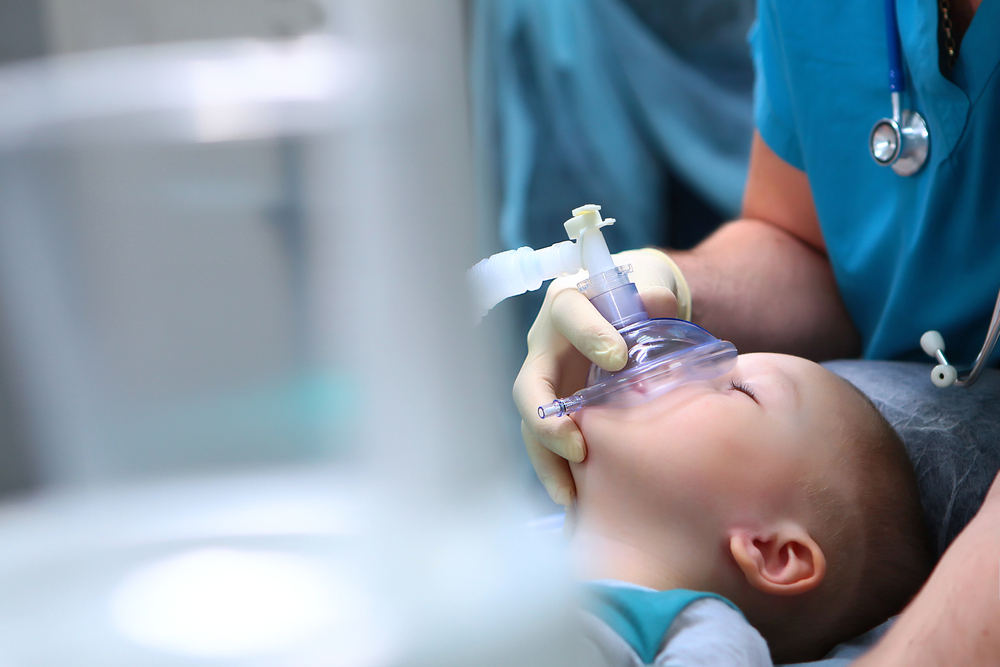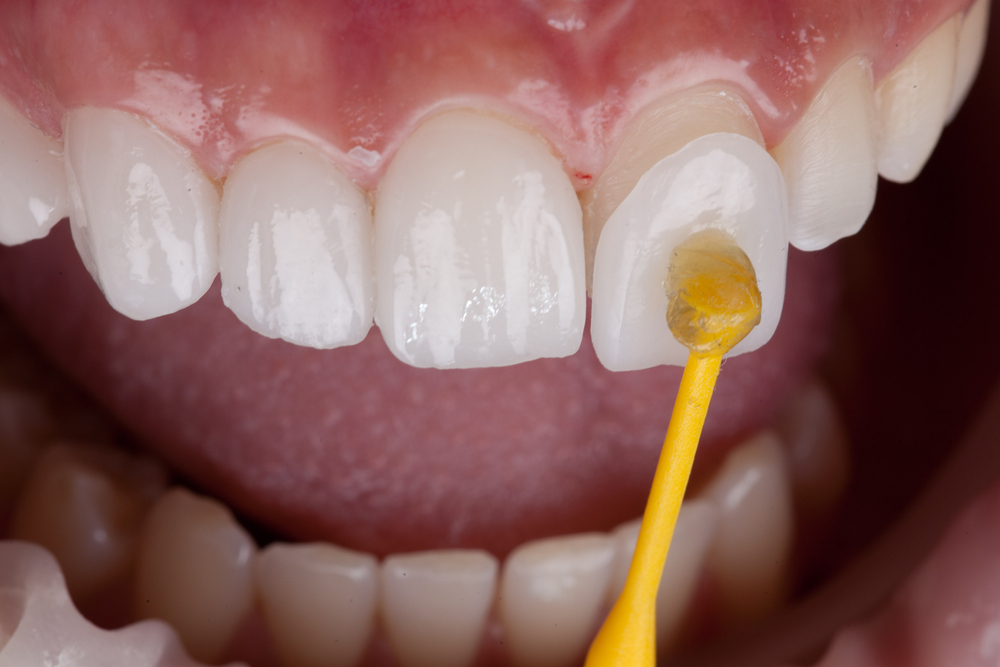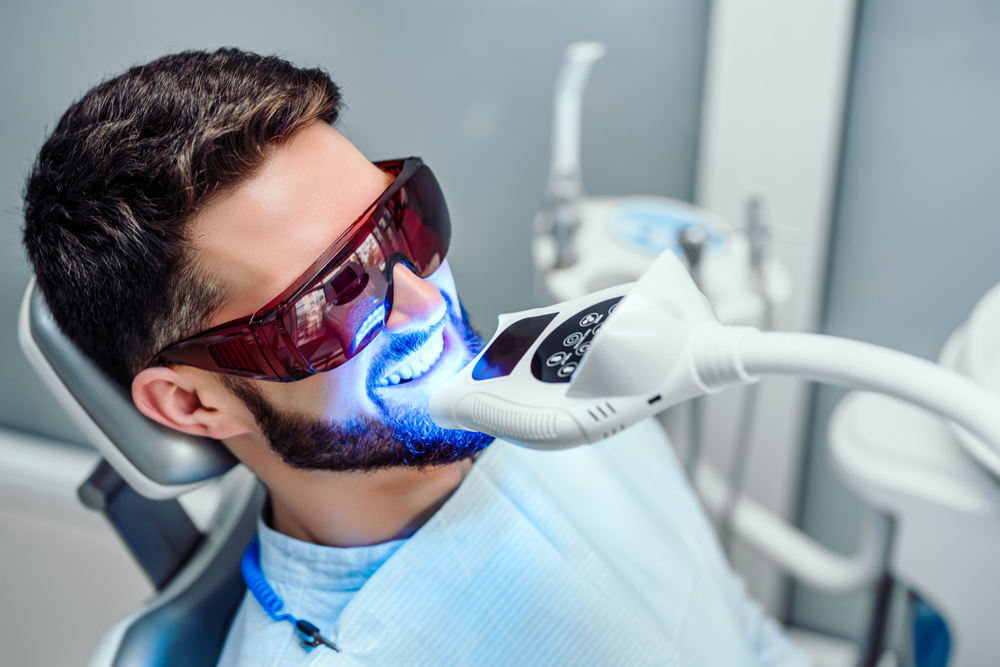For many, the idea of visiting the dentist can trigger a range of emotions, from mild anxiety to sheer dread. What if you could close your eyes and then, in what seems like a mere blink, wake up with a new and improved smile? Thanks to the advancements in dental science, this is not a dream but a reality. General anesthesia in dentistry has paved the way for patients to undergo procedures without the accompanying discomfort or anxiety. Let’s embark on a journey to understand this game-changer that allows you to wake up with a newfound confidence in your smile.
What is General Anesthesia?
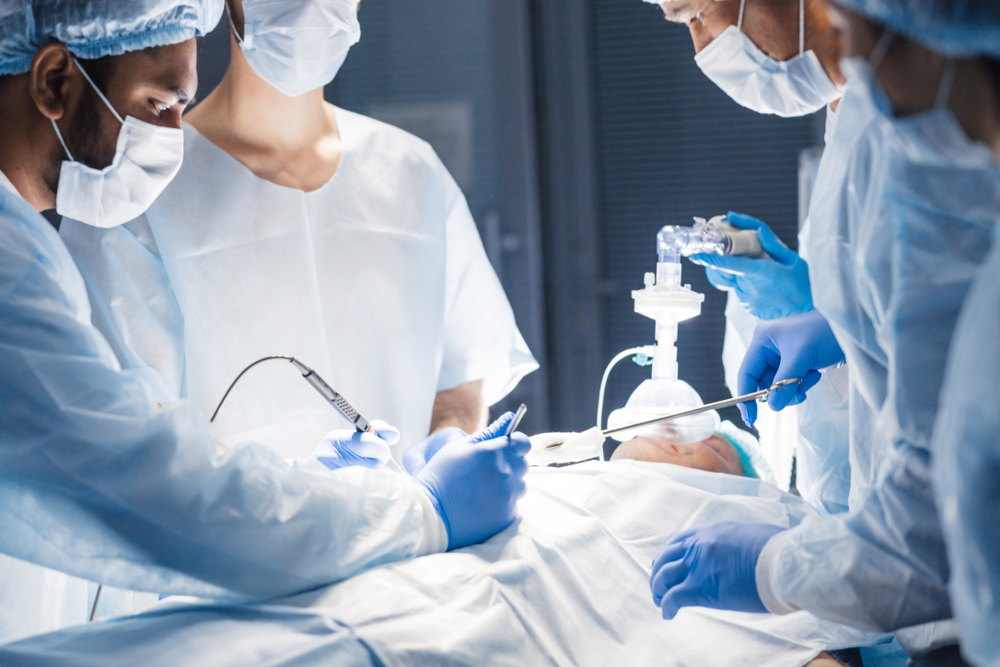
At its core, general anesthesia is a medically induced coma, but don’t let that intimidate you. Rather than being a state of sleep, it ensures that you are entirely unconscious and insensate, ensuring you feel no pain during dental procedures. Administered either through inhalation or intravenously, it affects the entire body. A combination of medications is used to safely plunge you into a deep, tranquil state where you’re unaware of your surroundings, allowing dental professionals to work their magic on your teeth. Once the procedure is completed, reversing agents or natural metabolic processes gently usher you back to consciousness, ensuring you wake up pain-free and with the procedure behind you.
Benefits of Using General Anesthesia in Dentistry
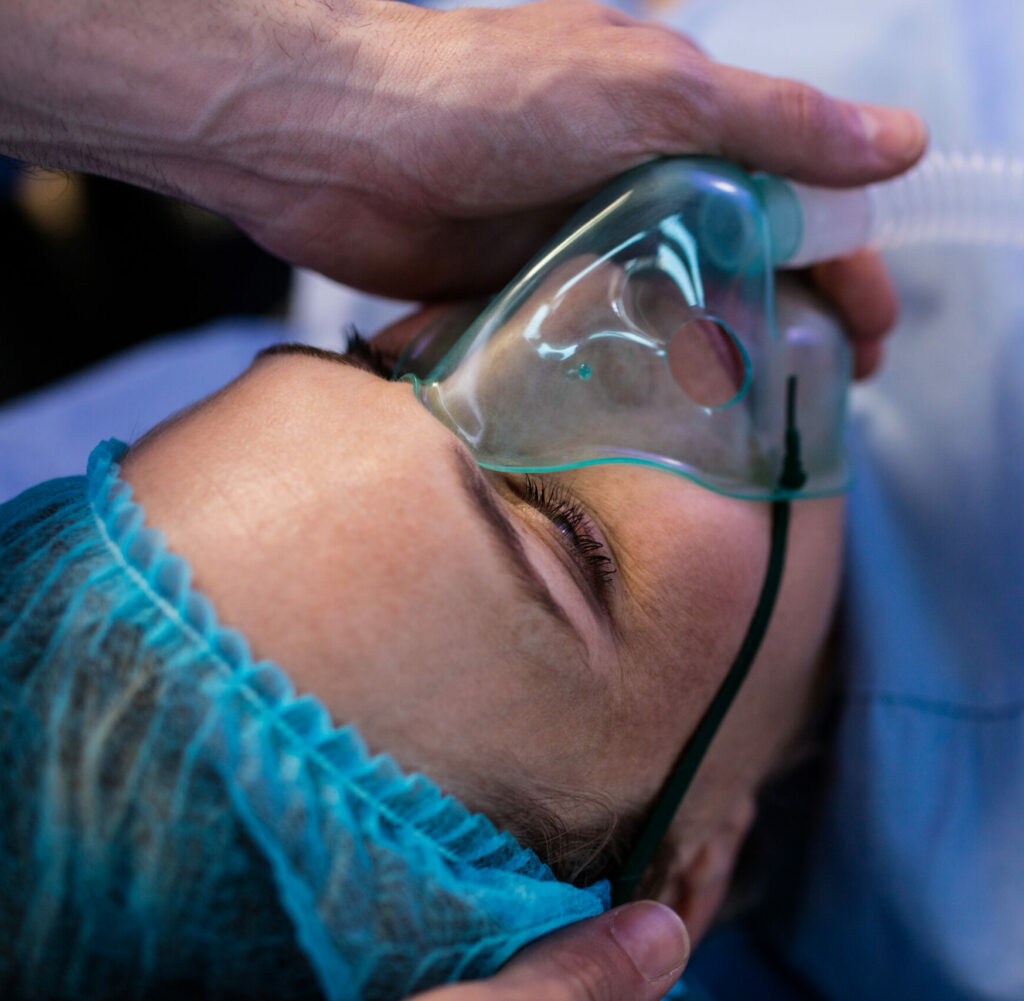
Dental procedures can sometimes be lengthy and taxing, not only physically but emotionally. Enter general anesthesia—a solution that offers manifold benefits in the realm of dentistry:
- Pain-Free Procedures: The primary benefit is the absolute absence of pain. No more fearing the drilling sound or the slight pinch from a needle. With general anesthesia, you’re comfortably unconscious, ensuring a completely pain-free experience.
- Alleviation of Dental Anxiety: Dental phobia is real and affects a large chunk of the population. General anesthesia is a boon for those who feel extreme anxiety or fear. It provides an opportunity to undergo necessary dental procedures without the accompanying stress.
- Efficiency: One of the underrated benefits is the efficiency it brings. Multiple procedures that might typically require several appointments can be clubbed into a single session. This not only saves time but also reduces the number of recovery periods one has to go through.
Common Procedures Using General Anesthesia
While not all dental procedures require general anesthesia, some complex or extended surgeries might necessitate its use. Here’s a rundown of some common dental treatments where general anesthesia might be preferred:
- Wisdom Teeth Extractions: Especially if all four wisdom teeth are being removed or if they’re impacted.
- Dental Implants: The process of embedding a screw-like post into the jawbone can be intricate and lengthy, making general anesthesia a suitable choice.
- Major Bone Grafting: Sometimes required in preparation for dental implants or other surgeries.
- Complex Oral Surgeries: These might include procedures to treat severe oral injuries or congenital disabilities.
- Full Mouth Reconstruction: In cases where extensive work is needed across multiple teeth or the entire jaw.
- Certain Cosmetic Procedures: Especially those that are extensive and might involve restructuring or significant alterations.
While these are some standard procedures, the decision to use general anesthesia is always made on a case-by-case basis, factoring in the patient’s comfort, the complexity of the procedure, and the dentist’s recommendation.
Safety and Monitoring during the Procedure
Ensuring the patient’s safety is paramount during any dental procedure, especially when general anesthesia is administered. Here’s how dental professionals ensure everything goes smoothly:
- Pre-Procedure Evaluation: Before undergoing a procedure with general anesthesia, patients are typically assessed for their medical history, current medications, and overall health status. This helps determine the suitability of anesthesia and reduce any potential risks.
- Dedicated Anesthesia Professionals: In most settings, an anesthesiologist or nurse anesthetist is present solely to administer the anesthesia and monitor the patient, allowing the dentist to focus entirely on the dental procedure.
- Continuous Monitoring: Throughout the procedure, the patient’s vital signs—like heart rate, blood pressure, oxygen levels, and breathing—are closely monitored using advanced equipment. Any significant changes trigger immediate responses.
- Emergency Protocols: Dental clinics are equipped with emergency protocols and necessary equipment to handle any unforeseen situations swiftly.
- Communication: Open lines of communication between the dental team and the anesthesia professionals ensure coordinated care throughout the procedure.
Post-Procedure: What to Expect After Waking Up

Coming out of general anesthesia is usually a calm experience, but it’s essential to know what to expect and how to care for yourself:
- Initial Grogginess: It’s entirely normal to feel drowsy, disoriented, or even slightly confused immediately after waking up. This feeling typically wears off after a few hours.
- Post-Op Instructions: Your dental professional will provide specific instructions tailored to your procedure. This may include guidelines on eating, drinking, and oral care.
- Potential Side Effects: While general anesthesia is safe for most, some might experience mild side effects like nausea, dry mouth, or a sore throat. These are temporary and usually subside within a day.
- Rest and Recovery: It’s crucial to allow your body to recuperate. Resting, avoiding strenuous activity, and staying hydrated can aid in a smoother recovery.
- Follow-Up: Always adhere to any scheduled follow-up appointments with your dentist to ensure everything is healing as expected.
- Reach Out: If you notice anything unusual or if you have concerns post-procedure, it’s essential to reach out to your dental office for guidance.
Remember, while the effects of the anesthesia wear off relatively quickly, it’s always a good idea to have someone accompany you to your appointment to drive you home and offer support as you recover.
Cost and Insurance Considerations
Dental procedures involving general anesthesia, while beneficial in many aspects, do come with additional costs. It’s essential to be informed and prepared:
- Increased Procedure Cost: General anesthesia requires specialized equipment, drugs, and often the involvement of an anesthesiologist or nurse anesthetist. This adds to the overall cost of the procedure.
- Insurance Coverage: While many insurance plans cover dental procedures, coverage for general anesthesia varies. It’s crucial to check with your provider about what’s covered and what you might be responsible for out-of-pocket.
- Flexible Financing: Some dental practices offer financing options or payment plans for procedures involving anesthesia, making it more accessible for patients.
- Cost-Benefit Analysis: For many, the added cost of general anesthesia is outweighed by the convenience, comfort, and efficiency it provides, especially for more complex procedures or for those with severe dental anxiety.
General Anesthesia at Smile Science Dental Spa
Dental science’s ability to combine expertise with patient comfort through general anesthesia is nothing short of transformative. The gift of a pain-free, anxiety-free experience, allowing you to wake up with a new smile, is invaluable. While considering such procedures, it’s essential to weigh the benefits, be informed about potential costs, and select a dental practice with a proven track record.
For those residing in or around Glendale, AZ, the Smile Science Dental Spa stands as a beacon of dental excellence. Dr. Richard Dawson and Dr. John Turke, with their years of experience and commitment to patient well-being, ensure that your dental journey is smooth, comfortable, and rewarding. So, the next time you’re considering a dental procedure, remember that a brand-new smile is just one serene, pain-free session away at the Smile Science Dental Spa. Book your appointment today!
Further Reading
- The use of general anesthesia to facilitate dental treatment in adult patients with special needs
- What You Need to Know About Dental Anesthesia
- ADA.org: Guidelines for the Use of Sedation and General Anesthesia by Dentists
- Dental Treatment under General Anesthesia in Patients with Special Needs Provided by Private and Public Healthcare Services—A Retrospective, Comparative Study
- A retrospective comparison of dental treatment under general anesthesia versus non-pharmacological approach in patient with special health care needs


